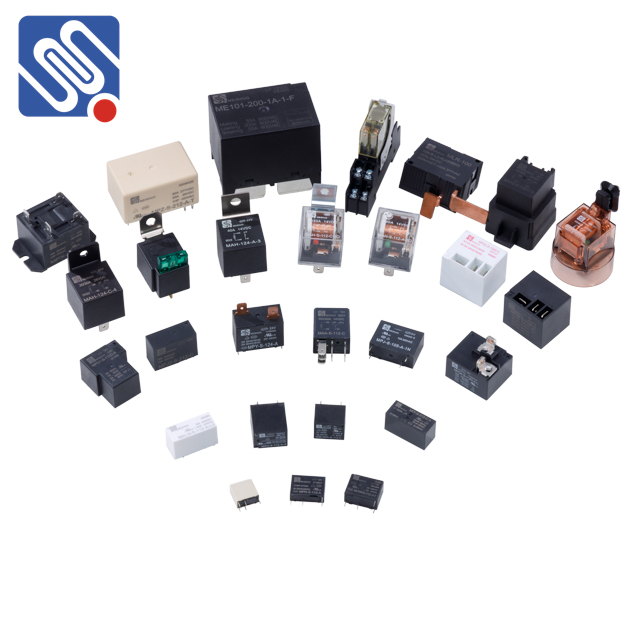
Relay is a powerful framework built by Facebook for managing data in React applications. It leverages GraphQL to enable developers to efficiently fetch, cache, and update data while abstracting much of the complexity involved in these operations. One of the key components of Relay is the concept of Relay types, which play a crucial role in defining how data is fetched, structured, and updated within the system. In this article, we will explore the importance of Relay types and their role in simplifying data management in React applications.

In the context of Relay, the term Relay types refers to the specific types used within Relay's data management system. These types are primarily used for defining the structure of GraphQL queries, fragments, and mutations, as well as managing the data returned from these queries. Relay types help standardize how data is handled across a React application, making it easier to work with complex data structures and ensuring that data is fetched in an efficient manner.
Relay types are not separate from GraphQL types but are based on the GraphQL specification itself. Relay uses GraphQL's built-in types, such as String, Int, ID, Boolean, and Float, to define the data structure. However, Relay extends these basic types by introducing a few specific concepts to handle data caching, pagination, and mutation operations.